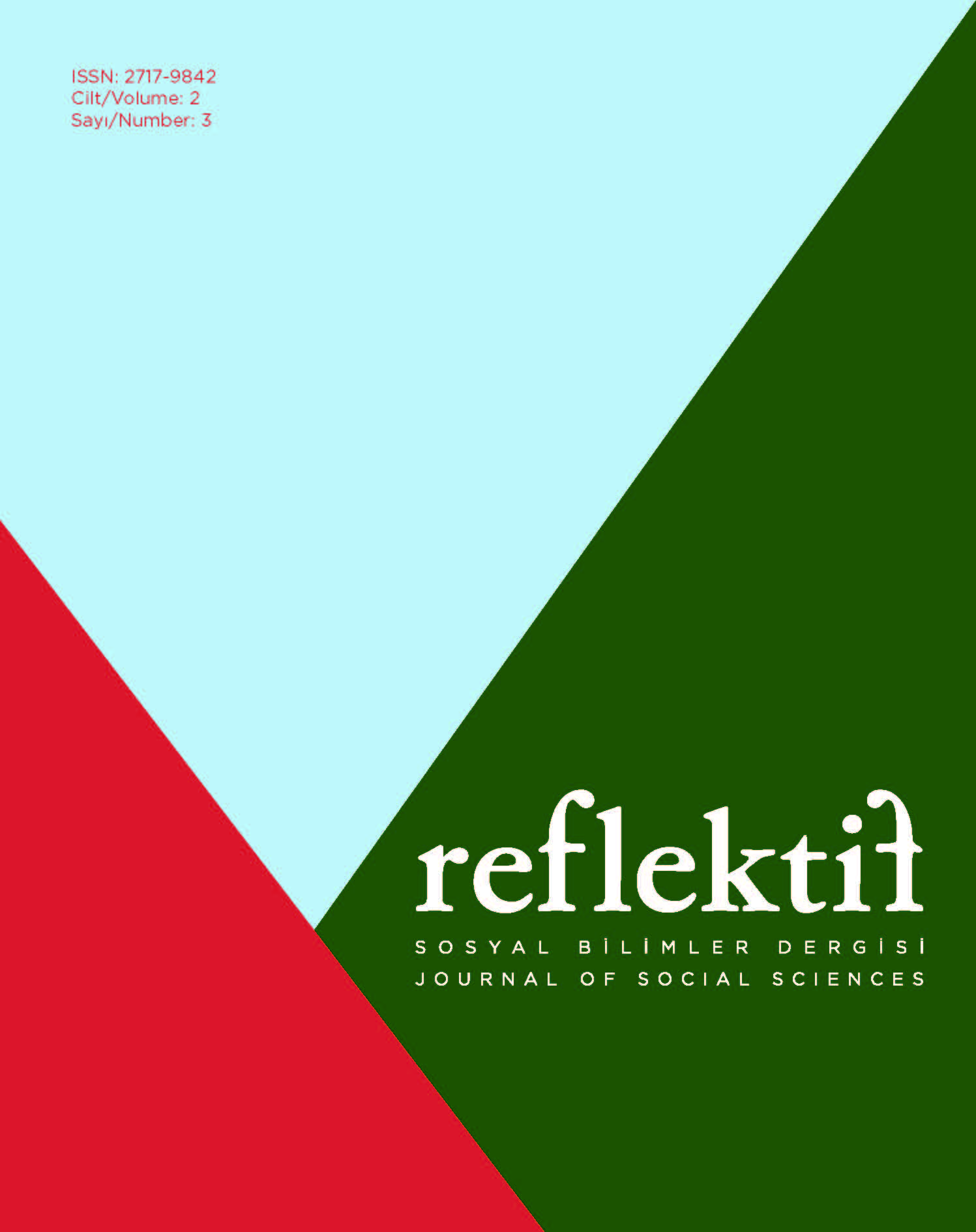How Theater (Trans)lates/Forms: Gendered Emotional Labor in Pelin Esmer’s Films
DOI:
https://doi.org/10.47613/reflektif.2021.43Keywords:
emotional labor, theater, Pelin Esmer films, genderAbstract
This study engages Arlie Hochschild’s (1983) “emotional labor” through Pelin Esmer’s documentaries: The Play (2005) and Queen Lear (2019). The films follow Mersin’s villager women through the course of 15 years seeking to understand how theater transformed their lives, meanwhile displaying the unequal gendered distribution of emotional labor. Emotional labor was initially defined as that which is undertook due to employers’ imposing/restricting certain displays of emotion. Social scientists further investigated the concept especially in its unequal social distribution, for example regarding gender whereby emotional labor largely burdened women due to biological determinist assumptions about their ‘emotional nature.’ The two plays documented in Esmer’s films, The Outcry of Women and Queen Lear, (trans)late emotional labor from invisible to visible thereby attesting to the (trans)formation of women’slives based on theatrical representation. The essay details this process through the stories of three women in particular – Fatma Fatih, Zeynep Fatih and Behiye Yanık.Downloads
Published
How to Cite
Issue
Section
License
Copyright (c) 2021 Yağmur Nuhrat, Feride Çiçekoğlu

This work is licensed under a Creative Commons Attribution-ShareAlike 4.0 International License.
All manuscripts which are submitted to the REFLEKTIF Journal of Social Sciences should not be published, accepted and submitted for publication elsewhere.
In case an article is accepted for publication it is allowed to combine the article with other researches, to conduct a new research on the article or to make different arrangements on condition that the same license is used including the commercial purpose.
As an author of an article published in REFLEKTIF Journal of Social Sciences you retain the copyright of your article and you are free to reproduce and disseminate your work.




